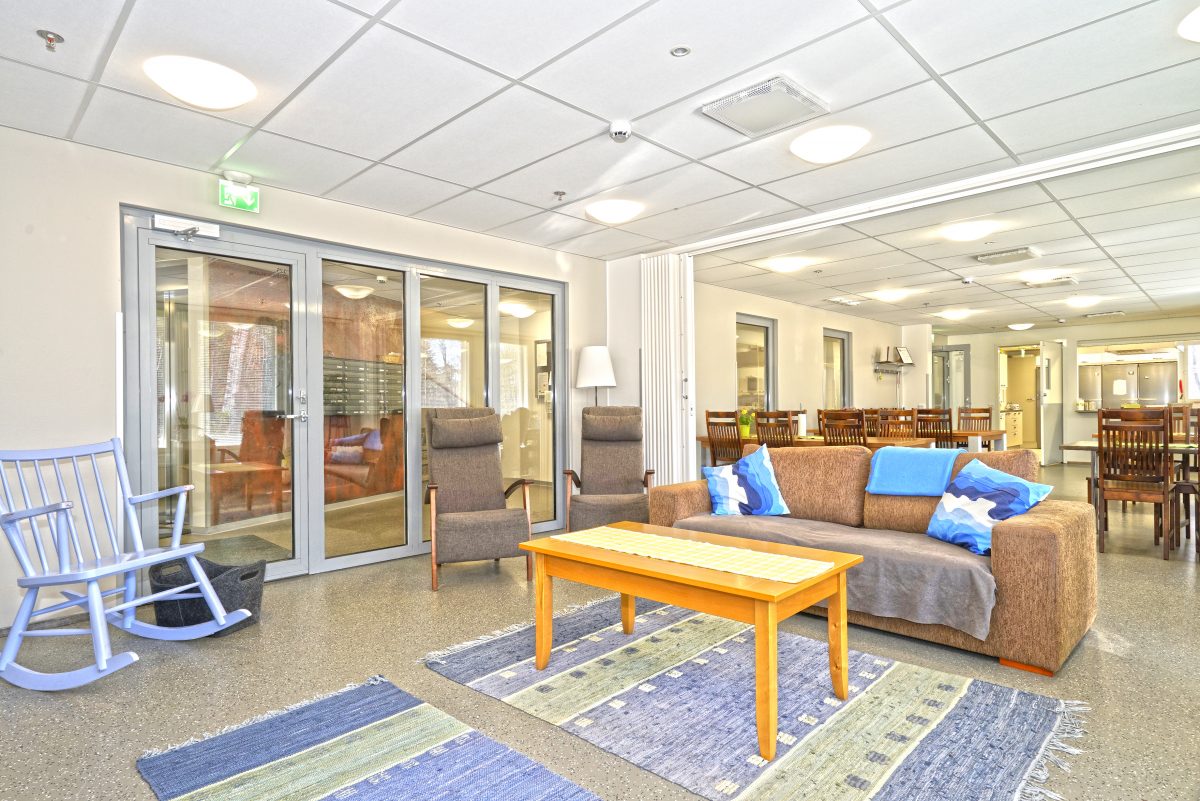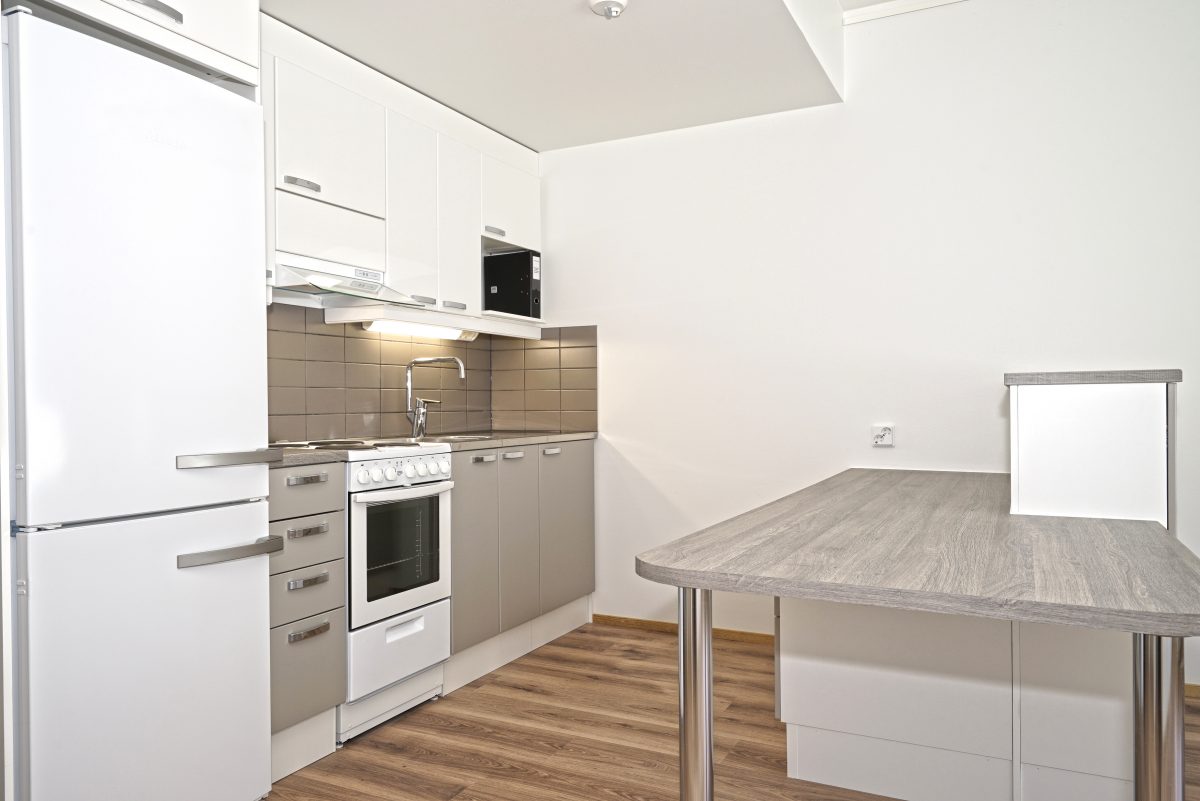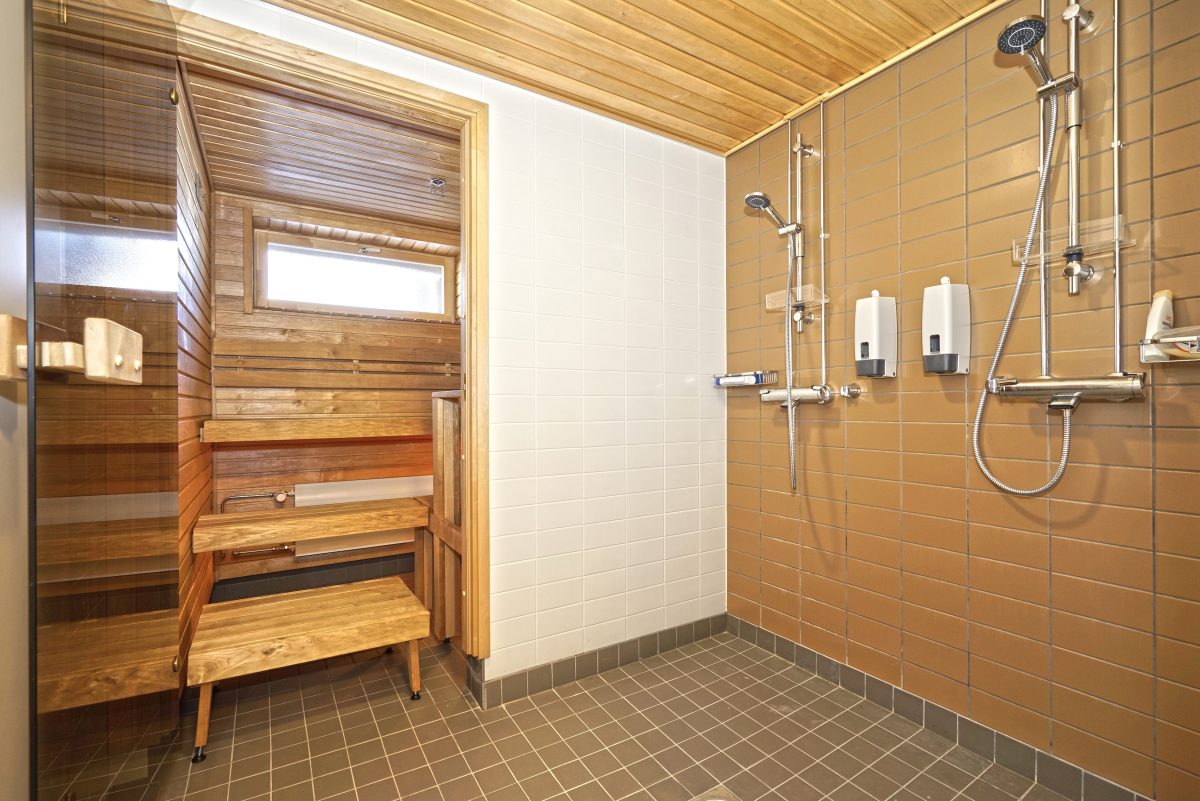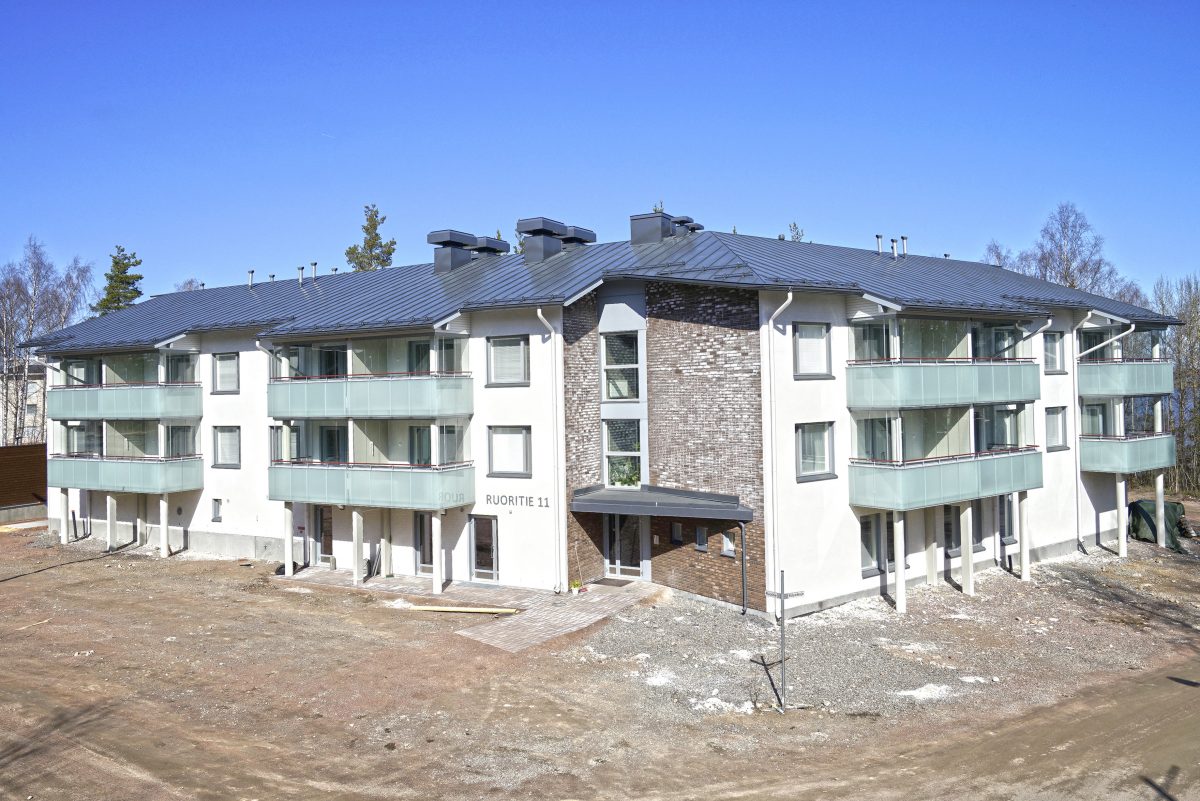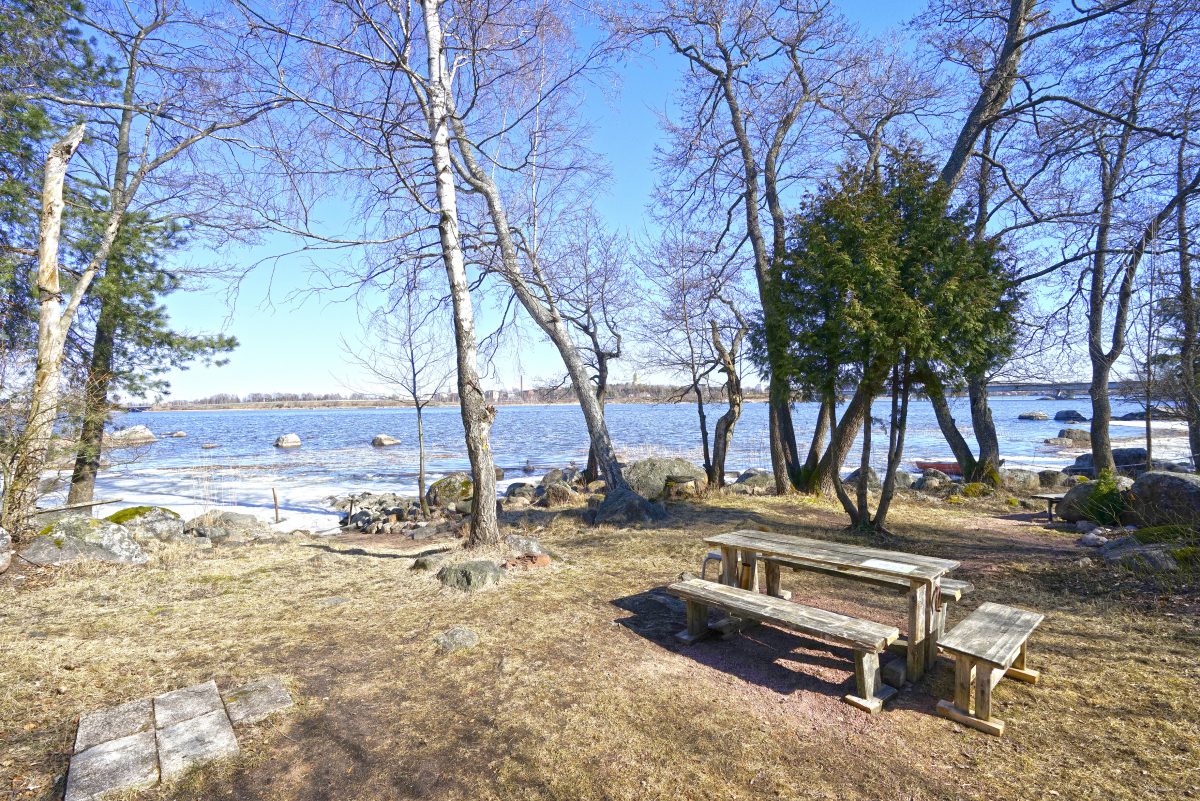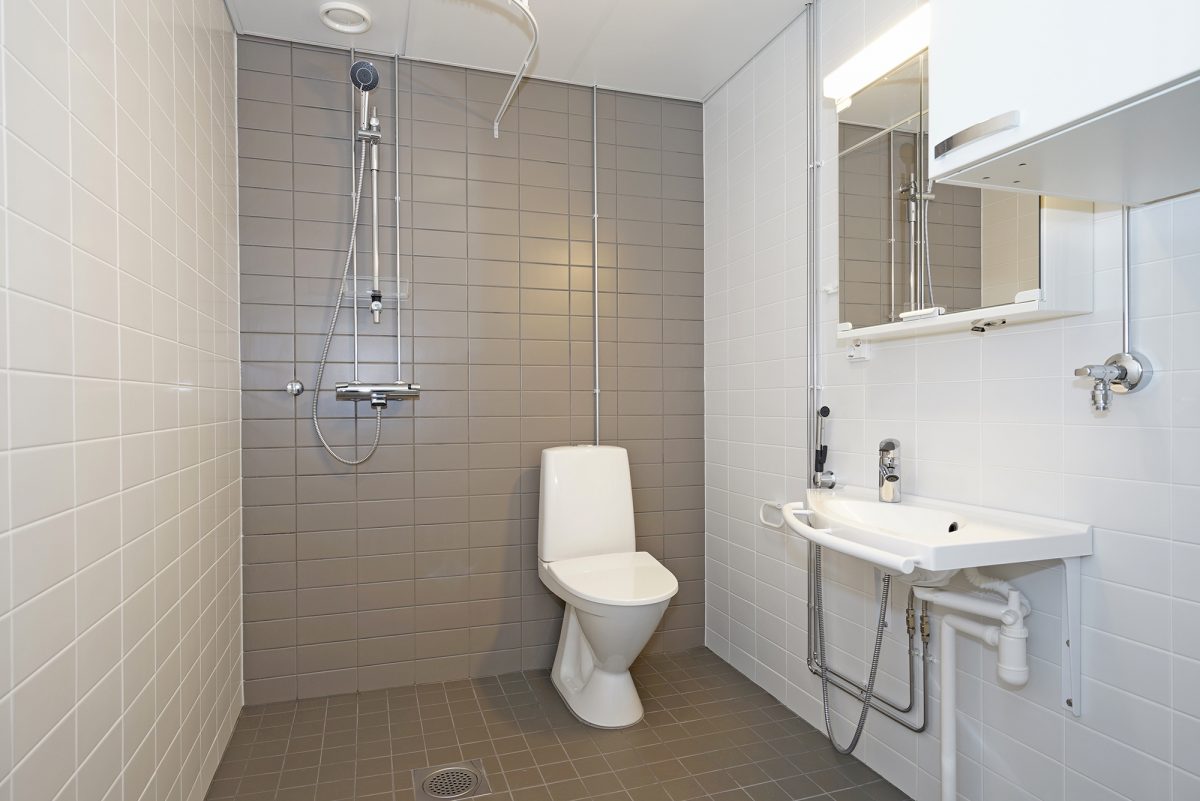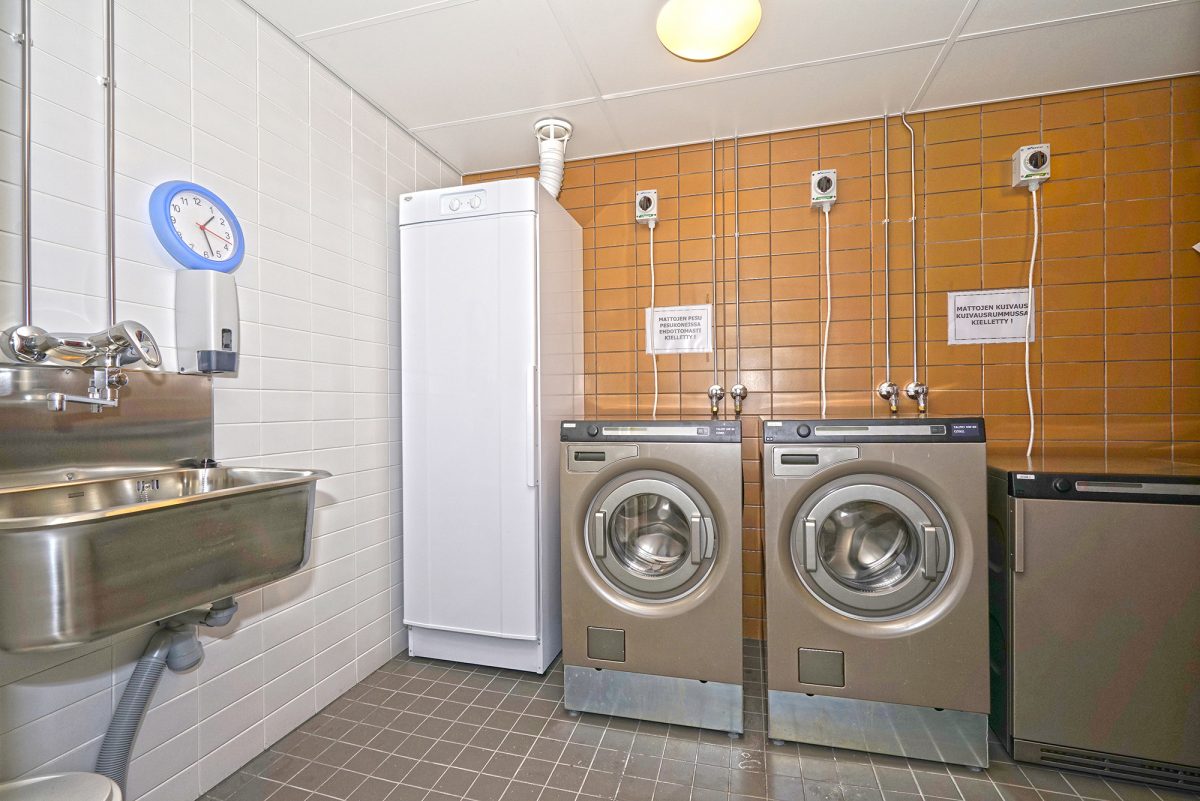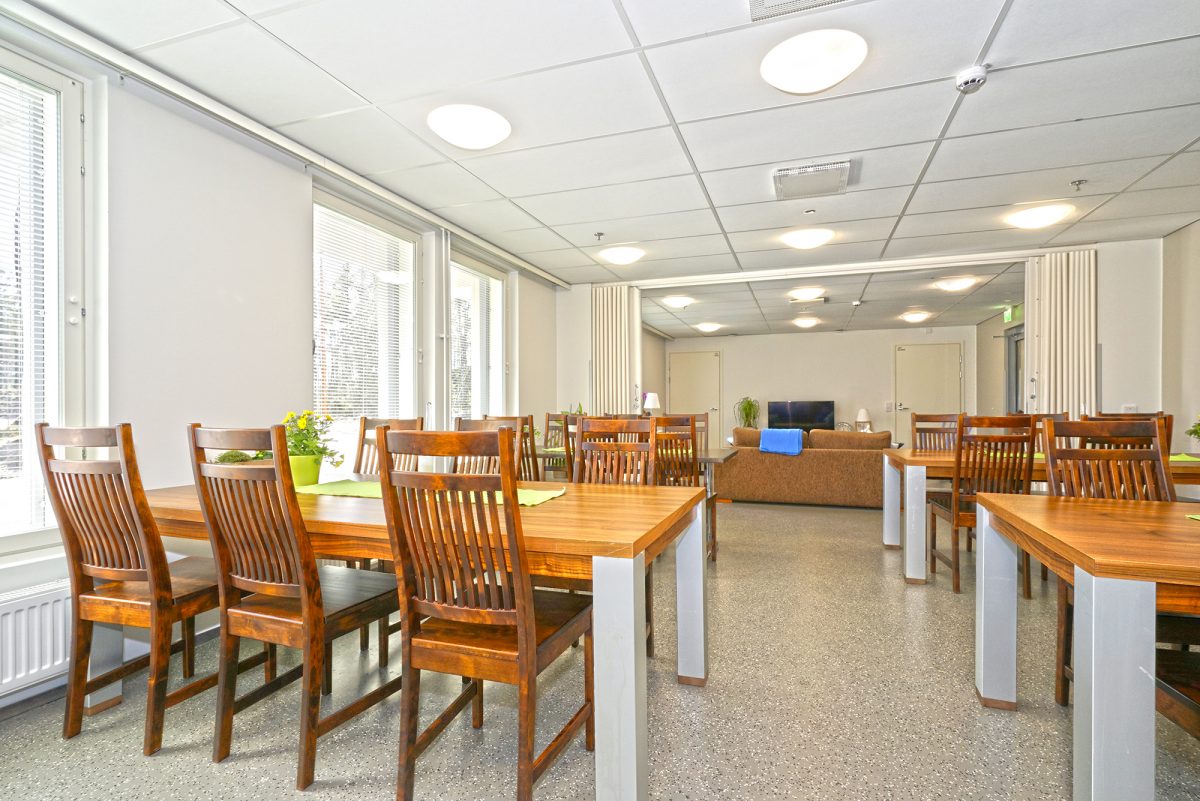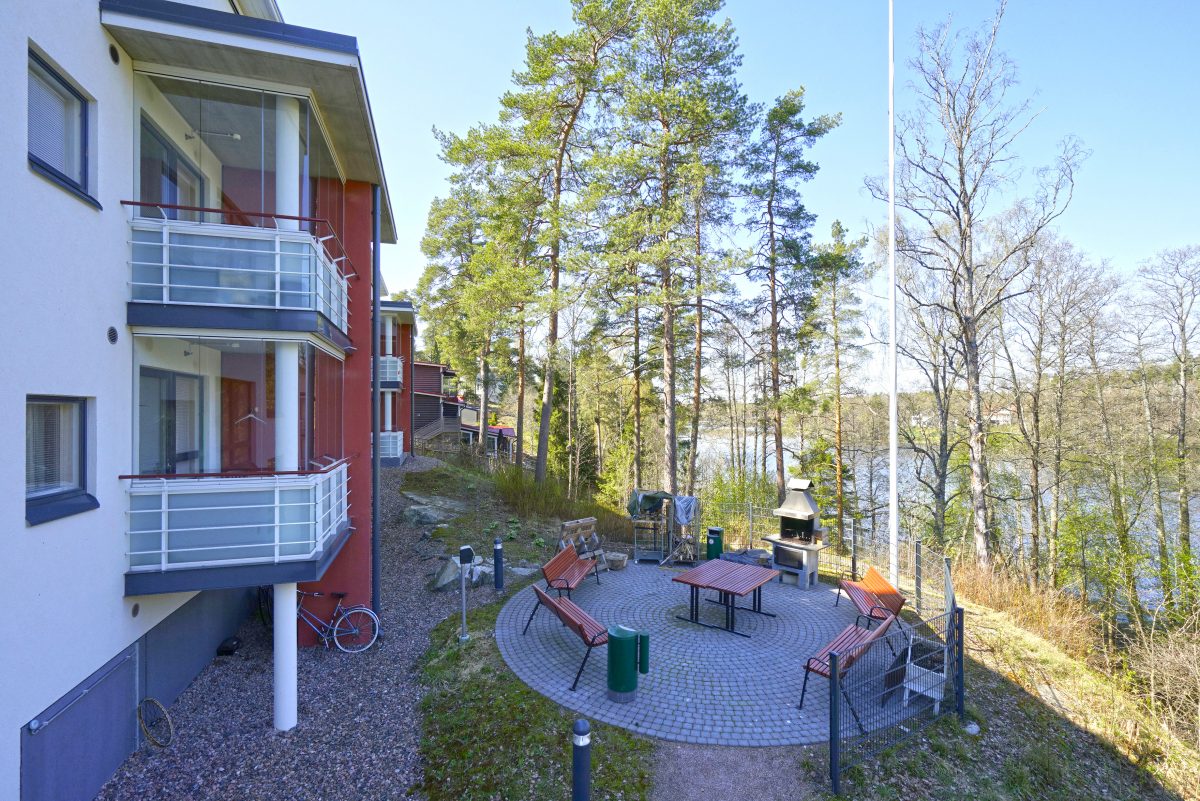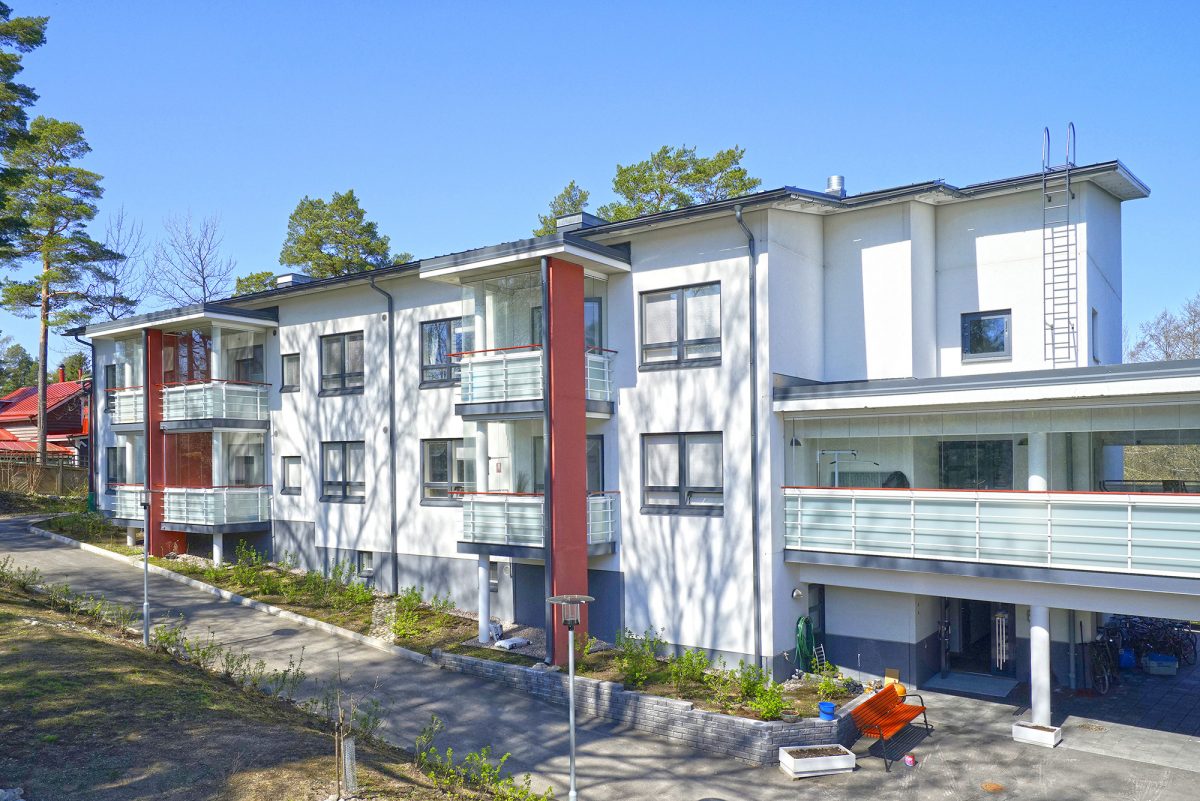How Finland is ending homelessness
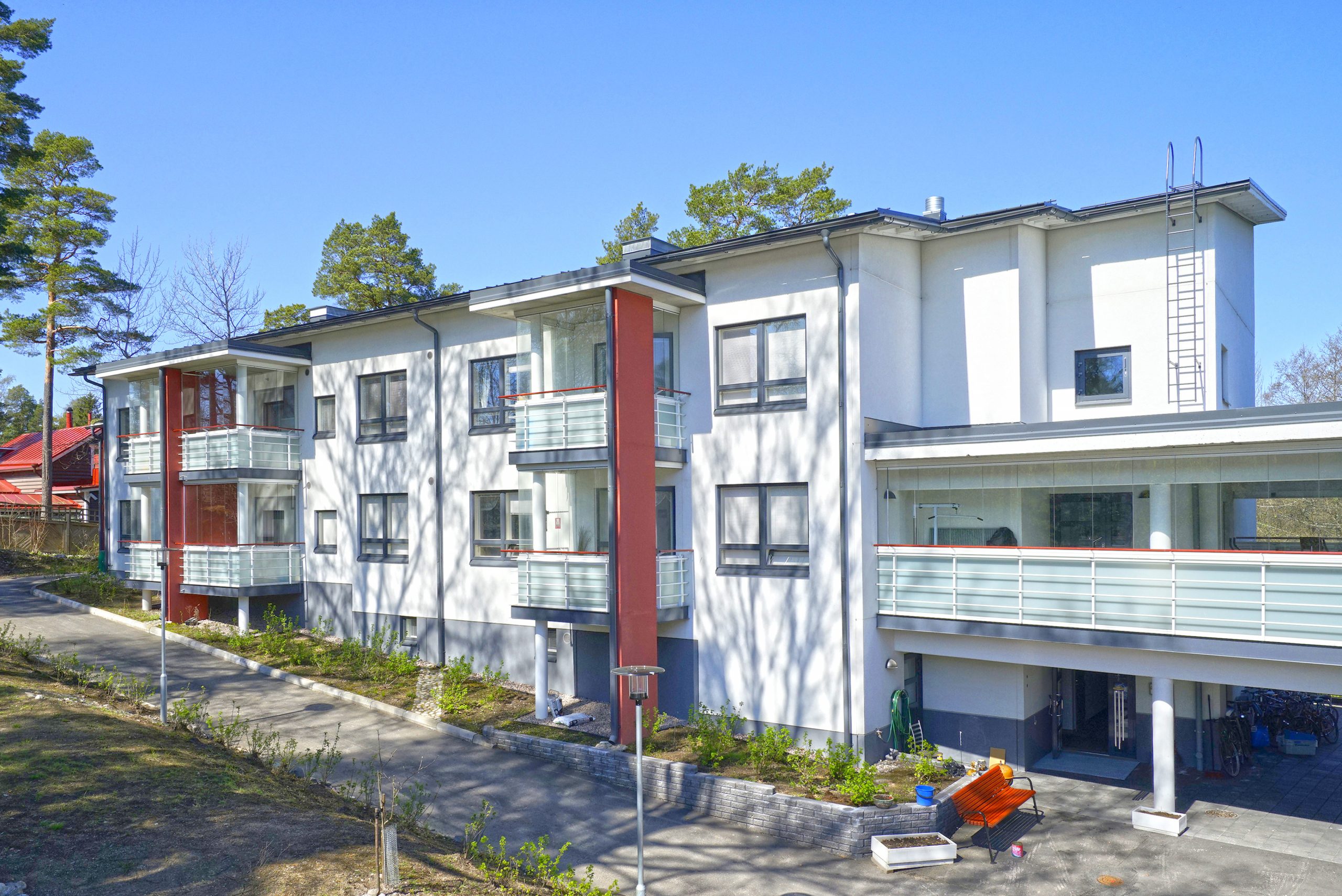
In the 1980s, Finland’s homeless rates were equivalent to Australia’s today: 0.4%. Today, homelessness is all but eradicated, thanks to an innovative approach called ‘Housing First’. Juha Kaakinen, CEO of Y-Foundation, Finland’s largest non-profit housing provider, explains to Cat McGauran how the Finnish approach arose from the belief that ‘everybody should be cared for’.
In the decade since 2008, homelessness has increased in every European country – except Finland. During that time Finland has eliminated rough sleeping, and reduced homelessness by 35 percent. The homeless population continues to decline. The solution is simple: provide permanent accommodation to people experiencing homelessness, a principle known as ‘Housing First’. Juha Kaakinen, an architect of the Finnish system and now CEO of the Y-Foundation, Finland’s largest not-for-profit housing association, says that it became clear in the mid-2000s that the system of temporary housing was not solving the problem of homelessness. “We are not there yet, we haven’t completely eliminated homelessness,” says Kaakinen. “But we are on the right track, and we started on that path when we changed our thinking to see housing as a human right, the foundation for living a good life.”
In the 1980s, Finland’s estimated homeless population was around 20,000, or approximately 0.4 percent of the population, similar to Australia’s current rate. The main driver was a lack of affordable housing. Kaakinen describes that period in Finnish homelessness as “very, very bad”; so bad, in fact, it triggered sustained investment in social housing from the national government that continues to this day. The steady rise in affordable housing led to homelessness declining from the 1980s until the early- to mid-2000s, when signs emerged that chronic homelessness was rising (defined in Finland as lasting for a year, or recurring over two years or longer).

“For people who experience chronic, long-term homelessness, access to an affordable house isn’t the only problem,” Kaakinen says. “They have more complex issues to deal with, such as substance abuse and mental health problems. We realised the traditional thinking of using hostels and shelters wasn’t working, because the same people were going into temporary accommodation and exiting back into homelessness. We knew we had to change our thinking.”
“To keep the society functioning, you have to keep everybody in.”
Prior to 2008, the pathway out of homelessness in Finland involved a series of unpredictable placements in temporary accommodation, until one could demonstrate they could live independently. This system is very similar to those in Australian states and indeed, around the world; permanent housing is essentially a reward for having your life in order. “People living in shelters and hostels are still homeless,” says Kaakinen. “That’s not a place where you can build your life and positive relations with other people. It’s also very hard to get back to employment [when] living in temporary housing.”
According to Kaakinen, although the number of people experiencing chronic homelessness was “not very high”, Finnish society maintains a strong sense that everyone should be cared for. (It is interesting to note that when the program started, the housing minister was from what Kaakinen describes as the “conservative right-wing party”.) “To keep the society functioning, you have to keep everybody in,” he says. “It’s a very strong cultural way of thinking. Finland is quite a small nation, so we really stick together. Like everywhere else, we have political differences, but there is still a very strong tradition that you have to look after your fellow citizens.” So, in 2008, having considered Kaakinen’s report, the Finnish housing minister implemented a national scheme targeting the chronically homeless, using the Housing First principle. The Y-Foundation, where Kaakinen is now CEO, owns more than 16,500 apartments across Finland which are rented out to people experiencing or at risk of homelessness – the organisation is the fourth largest landlord in Finland.
The new program required new housing. Many of the 3500 apartments provided to date – well above the initial target of 2500 – came from converting temporary accommodation into permanent housing, says Kaakinen, with support staff located in the building. Non-profit housing associations could apply for grants to cover 50 percent of the renovation costs. Support levels vary, with the ratio of staff-to-residents being between 1:10 and 5:10. Crucially, engaging with the support services is not mandatory. “There are different kinds of support, from help with daily activities through to detoxification in the home and support for people with recurring psychoses,” says Kaakinen. “It’s individually tailored but based on freewill; you don’t have to take support to get the housing. The housing and support services are separate.” Through this system, an incredible 82 percent of people have been able to sustain their tenancy after two years of moving in. The program has been so successful that Kaakinen says chronic homelessness is no longer an issue in Finland. “In Helsinki, for example, there were approximately 600 spots in temporary accommodation,” he says. “Now there’s one service that has 52 beds, but that’s really for emergencies. It’s been a major transformation of the system.”
Related to the idea of freewill and respect for the individual is the ‘principle of normality’, which is integral to helping people maintain their tenancy. “Even though you are experiencing homelessness, you have your own rental contract, with the same rights and obligations as everybody else,” says Kaakinen. “But if you can’t afford the rent, you’re eligible for a housing assistance payment – so the money is not an issue.” Beyond rental assistance, the rent is not subsidised.
Kaakinen noted that there was some concern from the community at the start, but “strong media support” curtailed that. “When we started the program, there was information in [the newspapers] showing where the new apartments would be built. People could see ‘yes, there’s one in my neighbourhood, but also many other ones in other places’ and this helped with any lingering resistance.”
On the topic of research, Kaakinen calls it a “black spot in our program”. “We’ve been so keen to do things that we haven’t been documenting it as well as we could have,” he says. They know the program is successful through statistics, but equally important, Kaakinen says, is anecdotal measures of success. “The important thing is what happens on a very personal level,” he says. “There are very good examples that show the feeling of wellbeing is quite different when you have a house of your own. People who have problems with substance abuse, for example, are reporting that they are drinking less and they are getting their lives in order. It’s not always the case, but surprisingly often, that’s what’s happening.”
“If there’s a huge imbalance in the housing system, it will lead to increasing homelessness,” he says. “They have to be tackled at the same time, and for that reason social housing is so important. It’s a question of social fairness.”
Kaakinen points out that the problem of homelessness is related to the general housing situation in a country. “If there’s a huge imbalance in the housing system, it will lead to increasing homelessness,” he says. “They have to be tackled at the same time, and for that reason social housing is so important. It’s a question of social fairness.” To ensure the growth and future of affordable housing in an urban centre like Helsinki, municipal governments have made ‘inclusionary zoning’ standard. “It is not legally binding, but there is a firm agreement between the municipalities and the property developers that in each new housing area, 20 percent of new development is dedicated to social housing, at the exactly the same quality as what is provided in the private rental market. We are working on increasing that number to 30 percent.”
Although there is some speculation in the Finnish housing market, Kaakinen says that the consistent investment in social housing and the 20-percent inclusionary zoning has prevented “a housing disaster” from hitting Finland, and Helsinki in particular. “You can see what happens when housing is the playground of finance and speculation, rather than seen as a social right, basic social infrastructure that’s needed to keep society functioning,” he says. At the time of writing, social housing makes up 13 percent of Finland’s total housing stock and rising, compared to just 4 percent in Australia. “There is no way you can end homelessness with such a low percentage of affordable social housing,” he says. “In a [wealthy] country like Finland or Australia, it’s not a money issue. It’s also important to understand that helping the homeless out of homelessness actually saves money – we have studies that show when one homeless person gets permanent housing, with support, it saves our society €15,000 per year.”
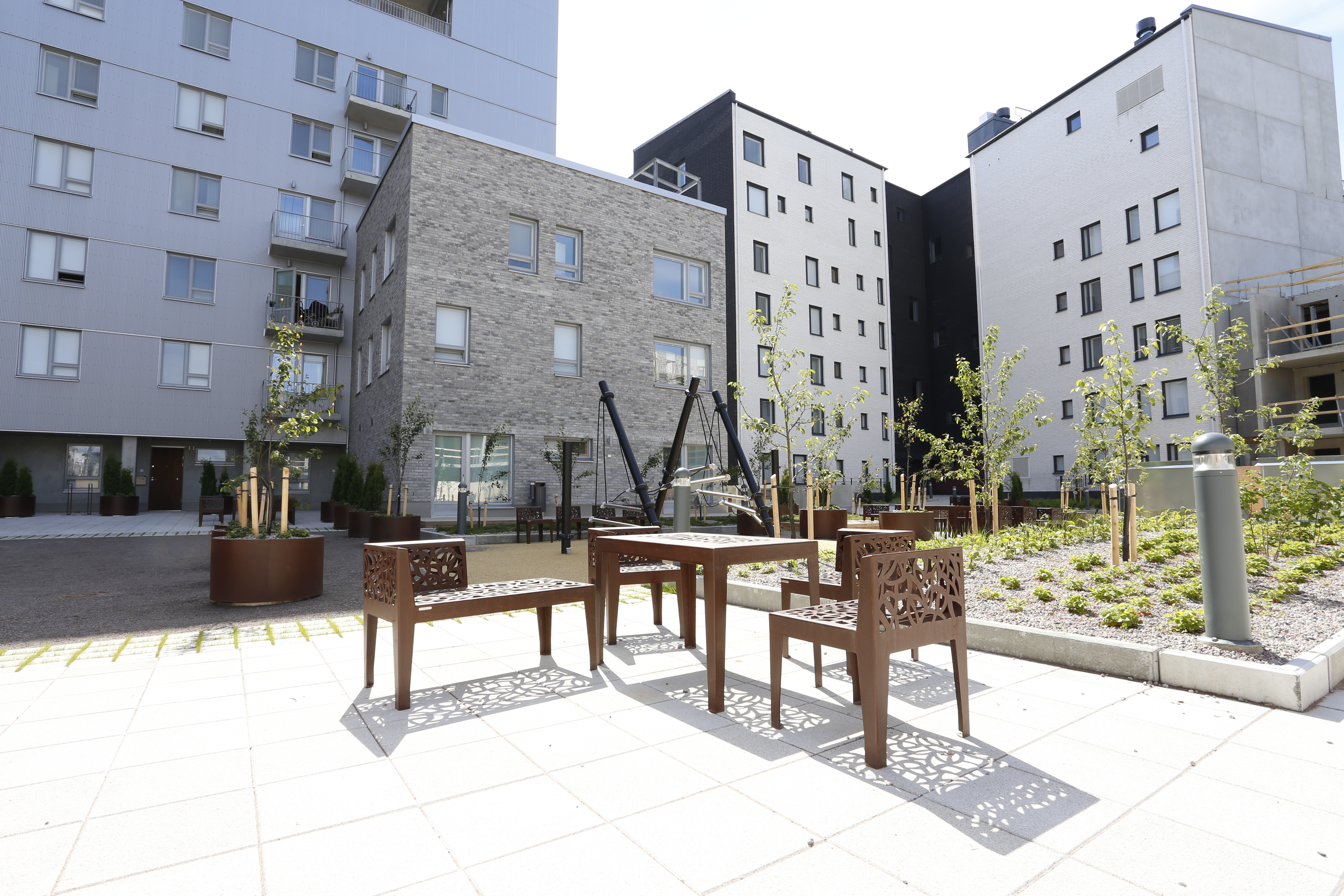
Setting up women’s specific services, halving the current homeless population by 2022 and building 5000 new apartments are just some of the new goals set by the Finnish government. Kaakinen’s Y-Foundation even runs an affordable housing block for low-income musicians. “We have a whole building dedicated to housing rock musicians,” says Kaakinen. “It’s very good: we have our own house band now!” The initiative came about after the closure of an underground rock radio station, and reflects a recognition of the contribution artists make to society. “We thought it was a good idea – not everyone can be a star like your Courtney Barnett!”
With a tangible example of how a coordinated, national strategy using Housing First and investment in social housing can end chronic homelessness and save a government money, it raises the question: why is Housing First not being adopted in Australia? “It is quite a mystery,” says Kaakinen. “You have extremely good research on homelessness in Australia – honestly, some of the best in the world. But it is strange that it doesn’t have more of an impact on actual government policies.” Kaakinen also observes that Australia has some good examples of early-phase interventions to identify people at risk of homelessness: “That’s something that we don’t have as much of in Finland, for example, school screenings. So, there are good elements. It’s just hard to understand how the situation in Australia is so difficult.”
Thank you to Juha for sharing his knowledge with us, and demonstrating that homelessness can be solved. You can keep up to date with the work of the Y-Foundation here.
